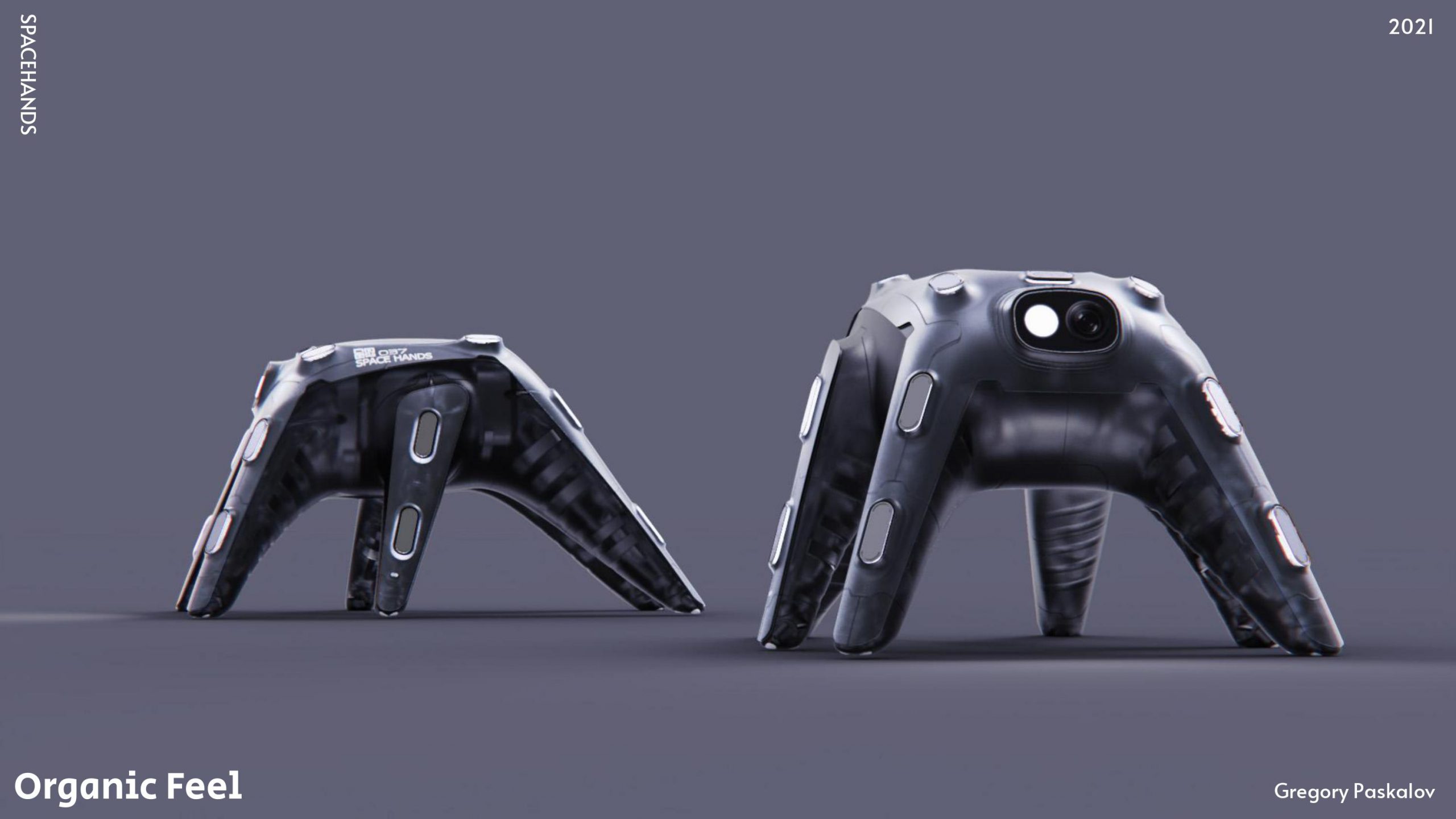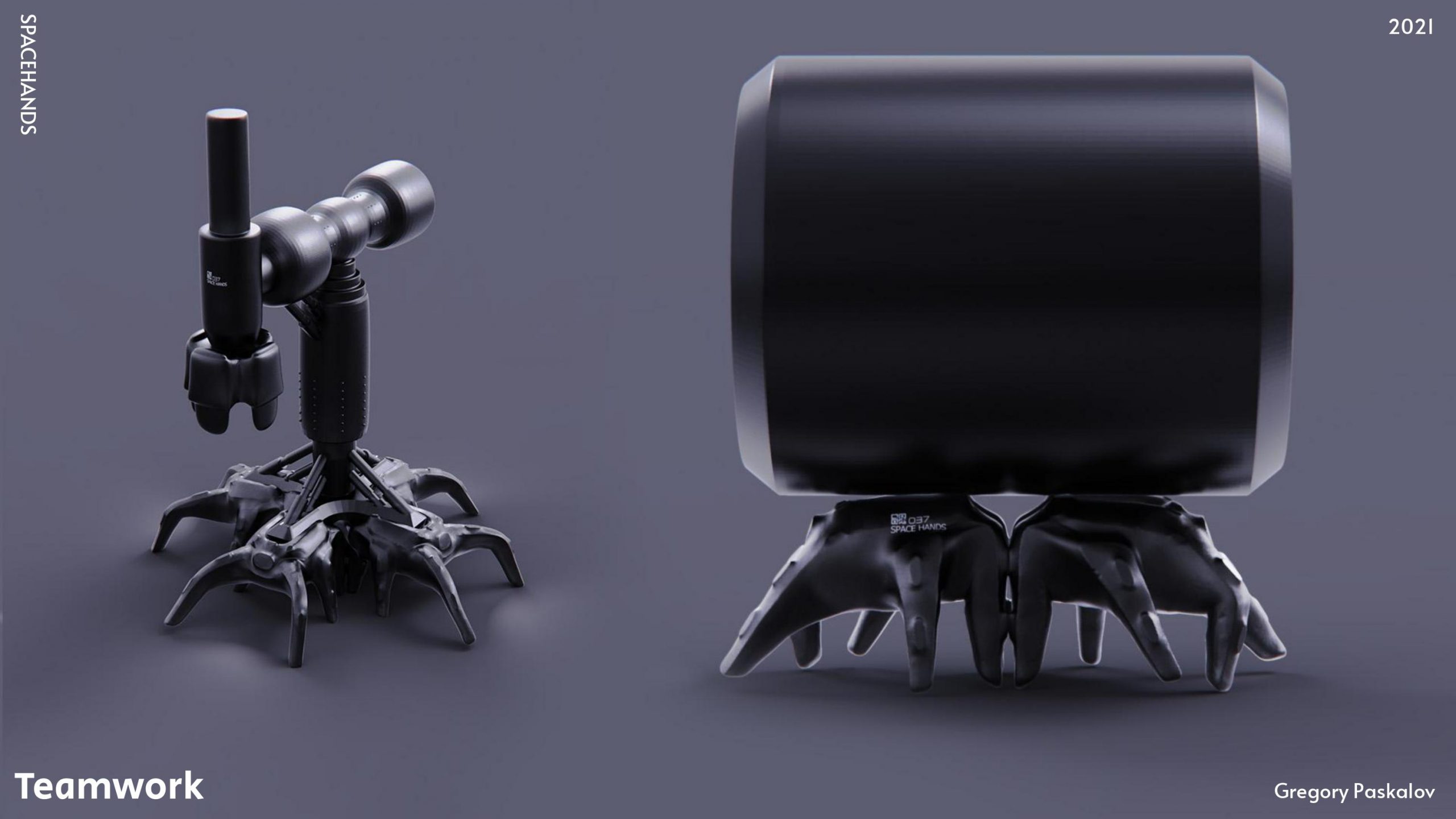SHENKAR
GRADUATES
סופשנה
שנקר
This is a speculative project about the planning and design of robots designated to help establish moon bases for operations in the near future (such as NASA’s Artemis program, expected to launch in 2024). The robots will serve as modular tools that interface with one another and work as a team alongside the astronauts.
The robots’ design takes the constraints of operating in a hostile environment into account and considers the factors of vacuum, radiation, and dust. The large presence of tiny dust particles on the surface of the moon is a constant threat to any mechanical apparatus; for this reason, the robots are covered in a coating of silicone that insulates and protects their components.
Motorial gestures and indicator lights are used to control, monitor, and communicate with the robots and perform most of the diagnostics, thus bypassing the problems of producing sound in a vacuum and communicating in poor lighting conditions.
The planning and design of the robots simulate living creatures as much as possible. This is expressed in the movement of the joints and the structure of the internal skeleton, which is covered with a silicone “skin”. The purpose of this is to create an intuitive user experience and lessen the astronauts’ feelings of alienation that result from living far from home and under stressful conditions for long periods of time.
Materials and techniques: 3D printing and modeling, computerized 3D simulations
Space Hands
Gregory Paskalov










